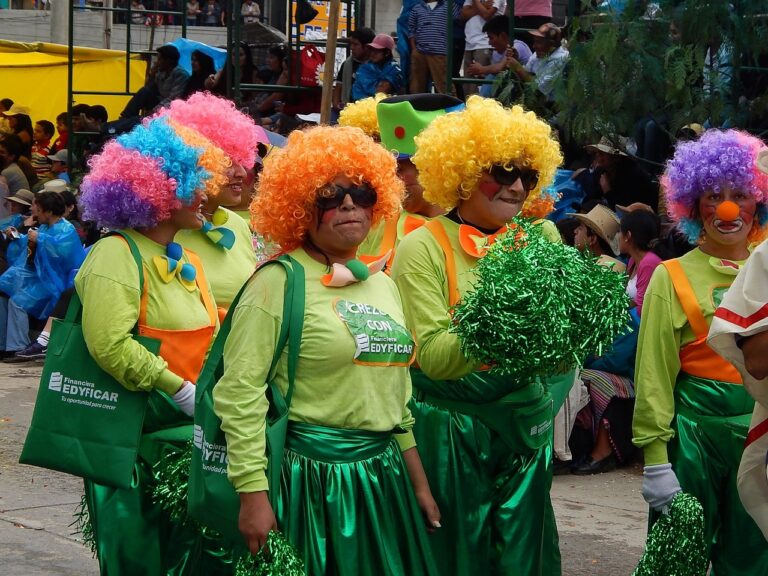Exploring the World of Virtual Influencers: The Future of Brand Endorsements
In the realm of social media marketing, the debate between virtual influencers and traditional influencers continues to spark discussion. Virtual influencers, being computer-generated characters, offer a sense of idealized perfection and unlimited potential for customization. On the other hand, traditional influencers are real individuals who connect with their audience through authenticity and personal experiences.
Virtual influencers often present an image of flawlessness and surrealism that appeals to the aspirational desires of their followers. In contrast, traditional influencers rely on their personal stories and interactions to build trust and create genuine connections with their audience. While virtual influencers offer a level of creative control and consistency that can be challenging for traditional influencers to maintain, the human touch and relatability of traditional influencers can often foster deeper and more meaningful relationships with their followers.
The Rise of Virtual Influencers in Social Media Marketing
The emergence of virtual influencers has been a game-changer in social media marketing. These computer-generated personalities have taken the digital world by storm, captivating audiences with their polished appearance and curated content. Brands are increasingly turning to virtual influencers as a dynamic way to connect with consumers and promote products or services in a fresh and innovative manner.
Virtual influencers offer a unique advantage to brands by providing a level of control and flexibility that is not always possible with human influencers. From their appearance to their personality traits, every aspect of a virtual influencer can be meticulously designed to align perfectly with a brand’s image and messaging. This precision allows for a seamless integration of marketing strategies, creating a virtual influencer that can effectively engage with a target audience and drive brand awareness in the ever-evolving landscape of social media.
• Virtual influencers offer a level of control and flexibility that human influencers may not provide
• Every aspect of a virtual influencer can be designed to align perfectly with a brand’s image and messaging
• Precision in design allows for seamless integration of marketing strategies
• Virtual influencers can effectively engage with target audiences and drive brand awareness
How Virtual Influencers Are Created and Managed
Virtual influencers are predominantly created and managed by specialized agencies that specialize in crafting digital personas. These agencies work with graphic designers, 3D animators, and content creators to bring these virtual beings to life. The process typically involves designing the virtual influencer’s appearance, personality, backstory, interests, and even their mannerisms to make them relatable to their target audience.
Once the virtual influencer is designed, their content creation and management are overseen by a dedicated team. This team is responsible for developing engaging content, planning collaborations with brands, and managing the virtual influencer’s social media presence. Additionally, analytics and data play a crucial role in monitoring the virtual influencer’s performance and adjusting strategies to ensure maximum engagement and reach with their followers.
What is the difference between virtual influencers and traditional influencers?
Virtual influencers are computer-generated characters designed to represent a brand or persona, while traditional influencers are real people who have built a following on social media.
How have virtual influencers become popular in social media marketing?
Virtual influencers offer brands a way to create a unique and curated image without the limitations of working with real-life influencers. They also provide a level of control over the messaging and content shared.
How are virtual influencers created?
Virtual influencers are created using advanced computer graphics and animation software. Designers and creators work to develop a unique look, personality, and voice for the virtual influencer.
How are virtual influencers managed?
Virtual influencers are managed by a team of creators, designers, and marketers who work together to develop content, engage with followers, and secure partnerships with brands. They also ensure that the virtual influencer stays true to its established persona and image.







